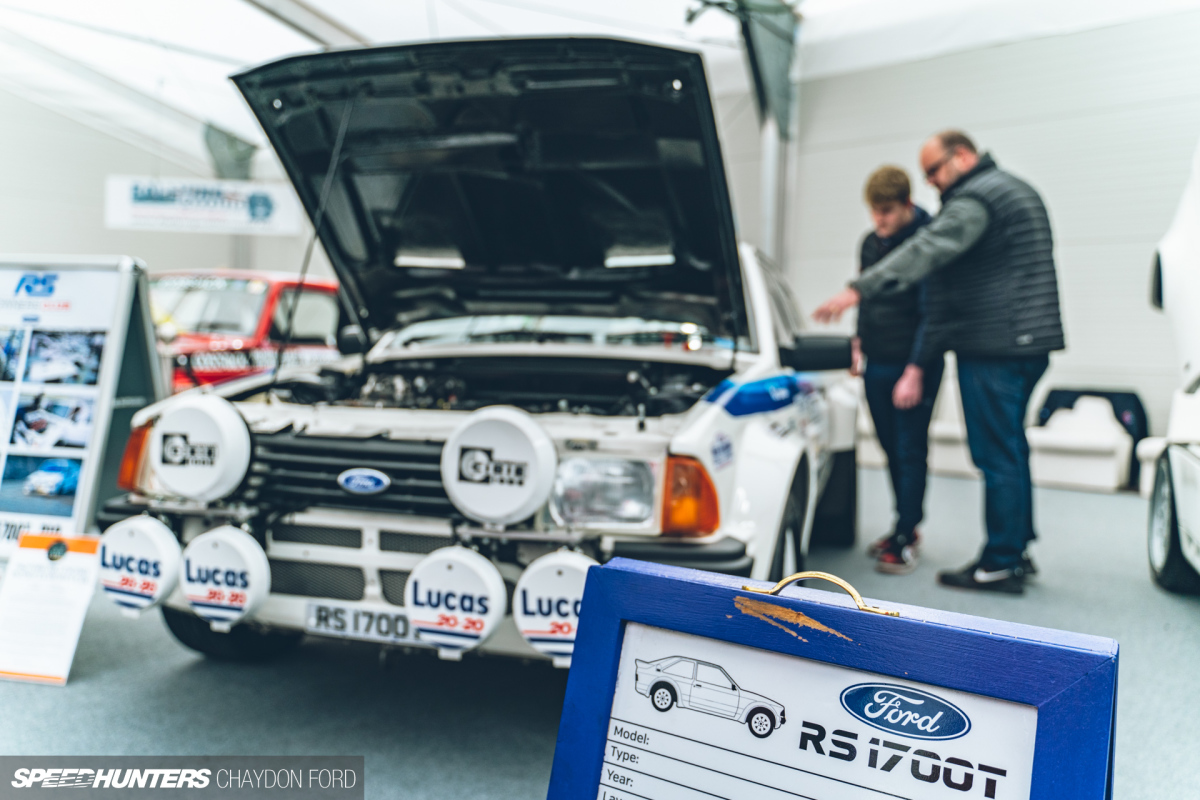
When Ford took a hiatus at the end of the 1979 World Rally Championship season to focus on the incoming Group B era, the car on the drawing board wasn’t the RS200.
The Group B rulebook for 1982 had very few specificities and mostly focused on safety-critical components and minimum weight. This resulted in a variety of engine types, engine placements and drivetrain configurations, as designers had free rein to create the most extreme cars ever seen on a rally special stage.
So if not the RS200, just what was Ford working on? The RS1700T – their short-lived first attempt at a Group B candidate.

Having first seen this car at Rallyday a few years ago, I wasn’t going to let a second opportunity to take a closer look go to waste while at Race Retro 2023.

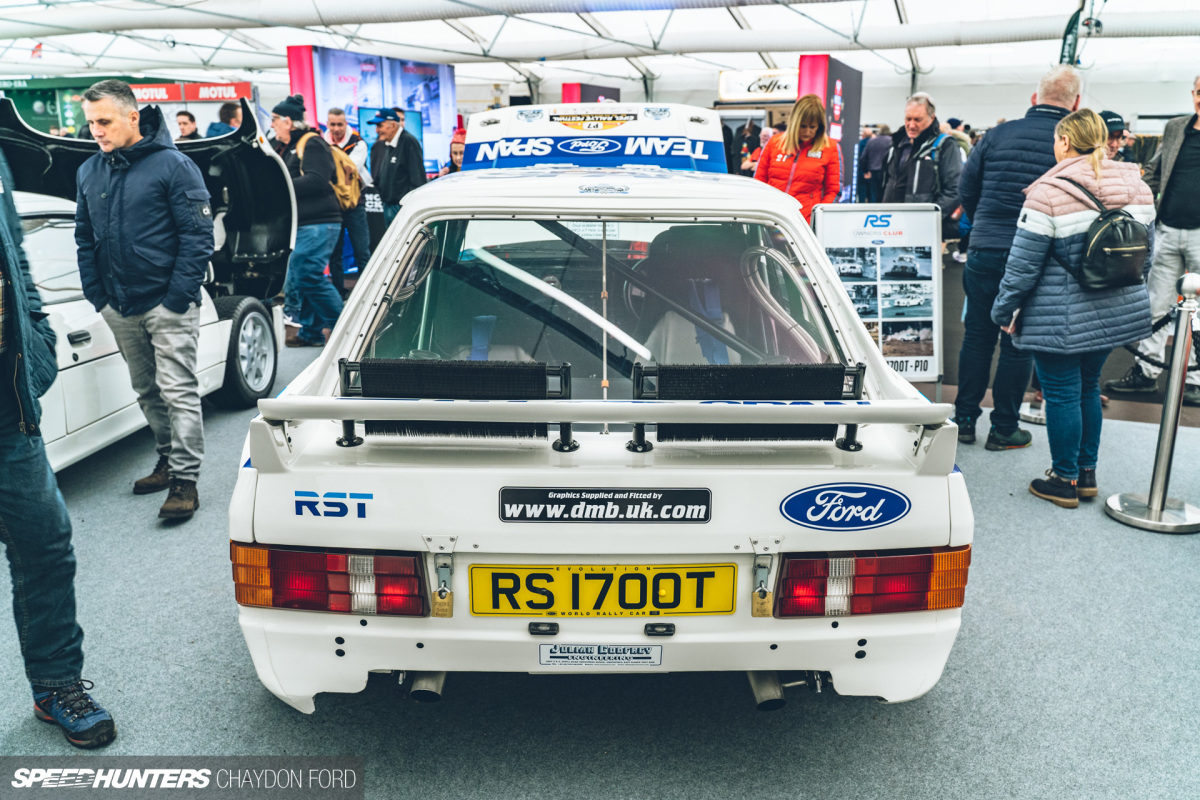
At initial glance, the RS1700T resembles the more sedate road-going Mk3 Escort. But look again and you’ll start to notice the wider arches, cutouts in the front bumper, and gearbox and differential coolers mounted above the boot lid.

Budget constraints meant the development costs were kept to a minimum, with the majority of funds devoted to the bespoke underpinnings. This allowed the normally horizontally-opposed engine and front-wheel drive hatchback to have its engine rotated 90-degrees and powering the rear wheels.


During the development, two engine options were considered: Turbocharging the 1,778cc Ford BDA (to become the BDT), or using a naturally aspirated 2,300cc Formula 2 mill from Hart Racing Engines, with the former being preferred by the drivers. The BDT engine made 350 horsepower, which when coupled with a 970kg (2,138lb) weight resulted in ample performance.
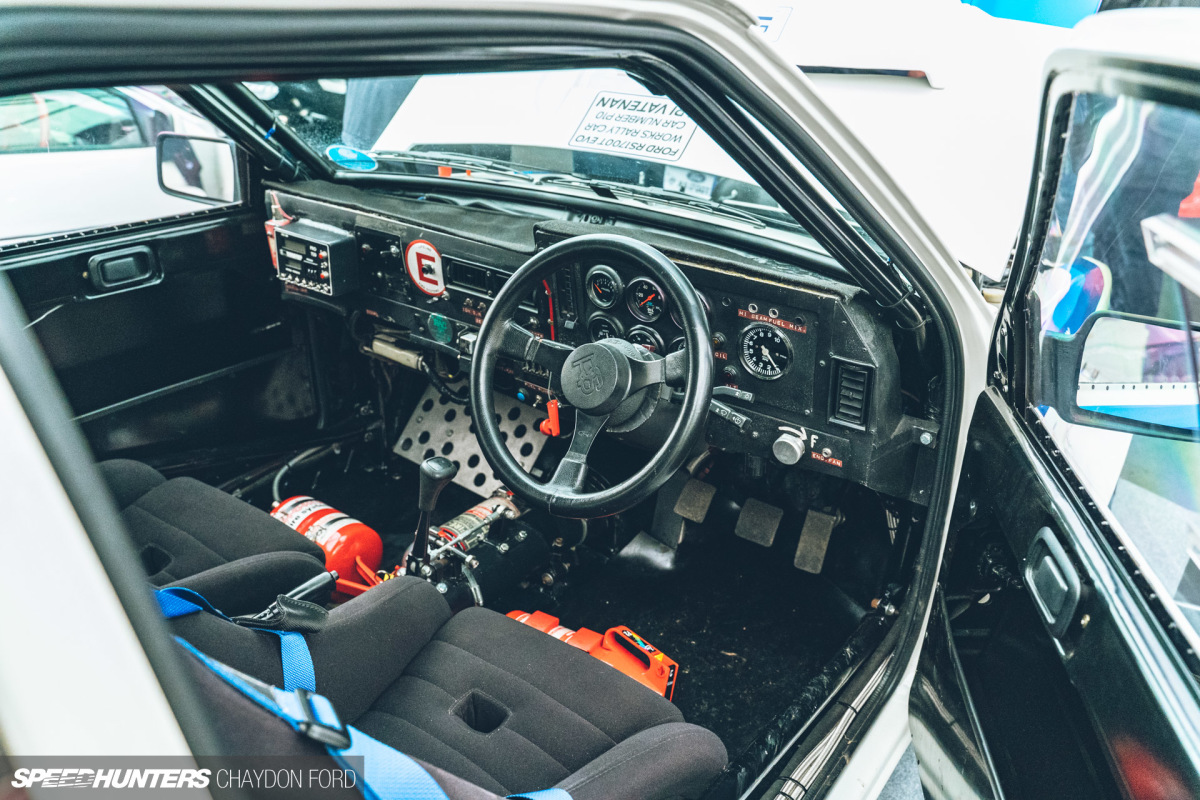
The RS1700T’s interior was rudimentary at best. Essential gauges were placed in view of the driver and all other switchgear was simply tacked onto the dash wherever space allowed.
It all looked promising, but by the time the RS1700T was ready to attack the rally stages, the Audi Quattro had well and truly show just how dominant four-wheel drive could be. Because of this, the RS1700T’s development was halted and Ford went back to the drawing board.
As a lot of the hard work had been done in terms of engine and chassis development, the RS200 that followed went from inception to completion in a very short space of time. Not short enough though, with the end of the Group B era coming before the Ford could prove its worth.

The majority of RS1700Ts were destroyed, but after the car’s project manager emigrated to South Africa a few of the remaining examples ended up competing there, where homologation rules did not apply.
Sadly, teething problems meant more retirements than podiums and ultimately the RS1700T only ever claimed one victory: the Nissan International Rally in 1985.
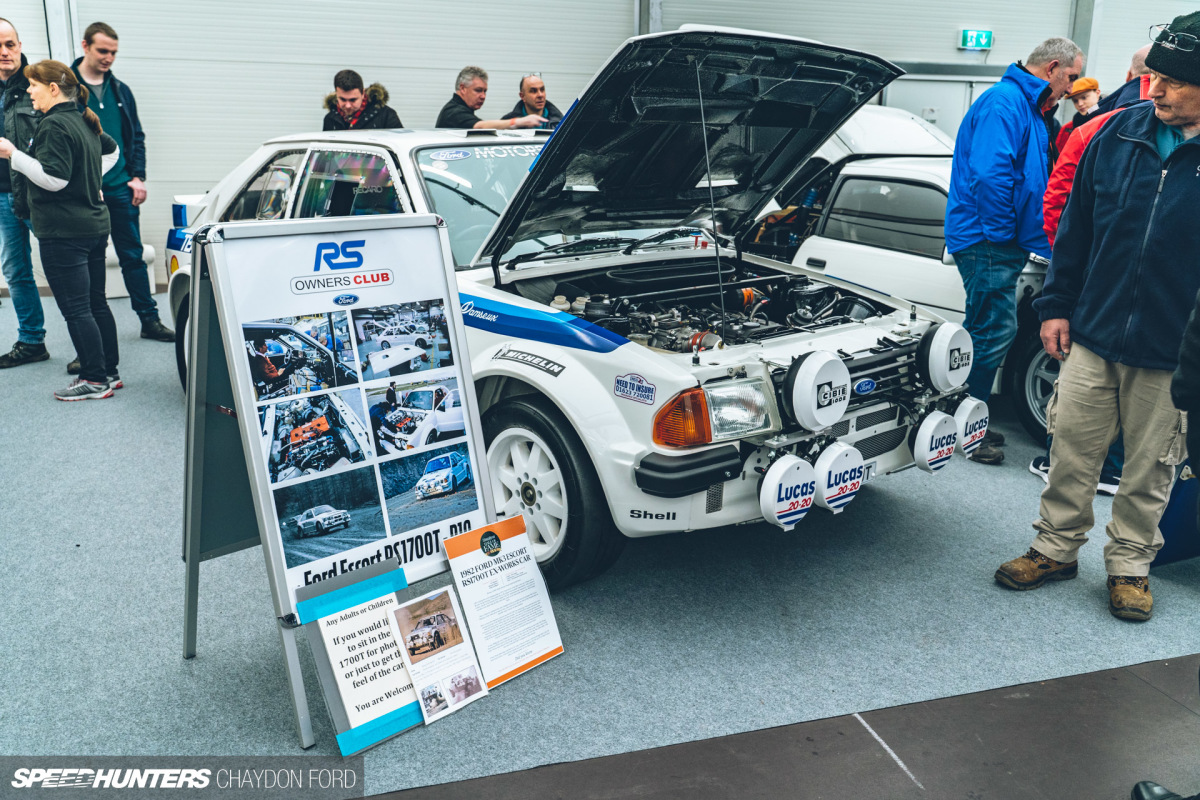

The RS1700T was pivotal in Ford’s motorsport history and laid the path for future rallying efforts, but seldom did this example have a crowd around it at Race Retro. It showed just how unknown it is.

While the RS1700T not have been victorious on the rally stage, success can likely be measured by the accolades and achievements of subsequent Ford rally cars.
Chaydon Ford
Instagram: chaycore
Rally related stories on Speedhunters
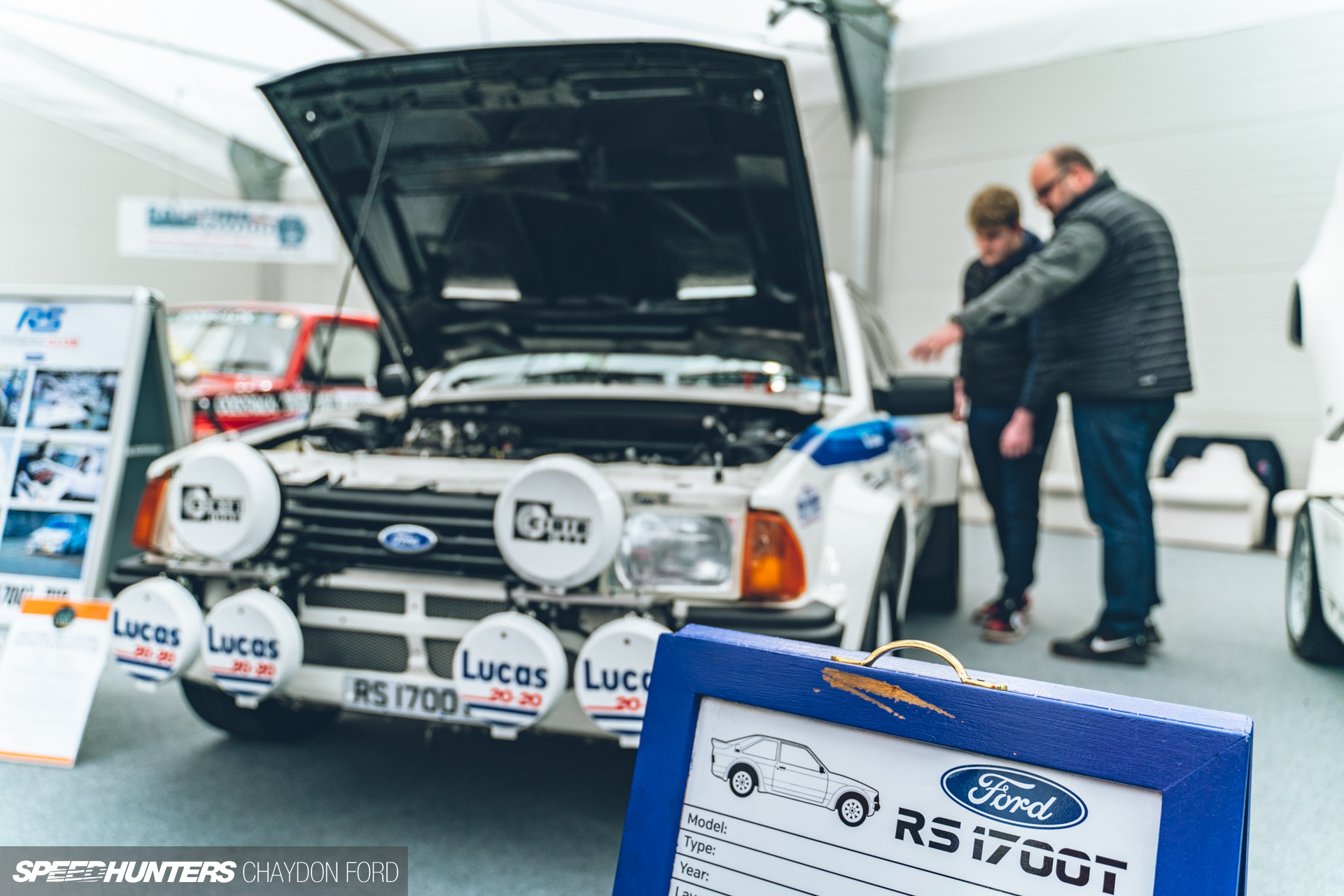































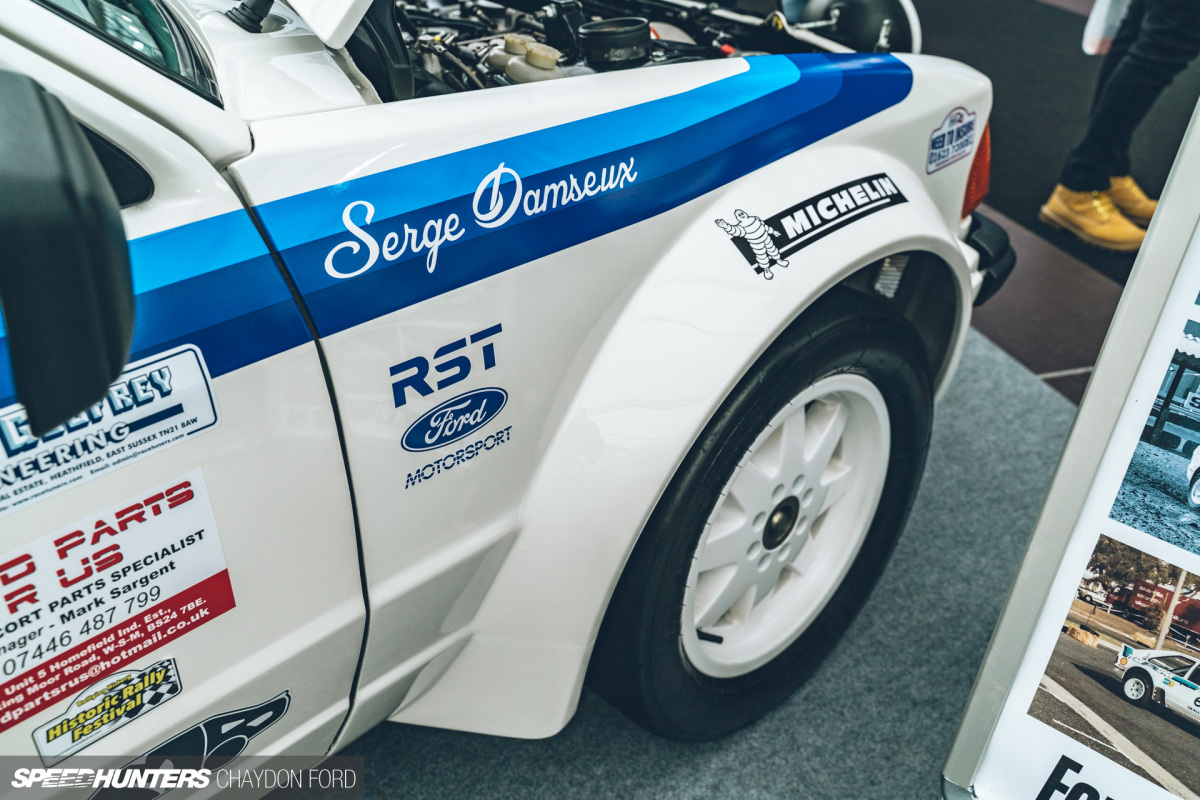
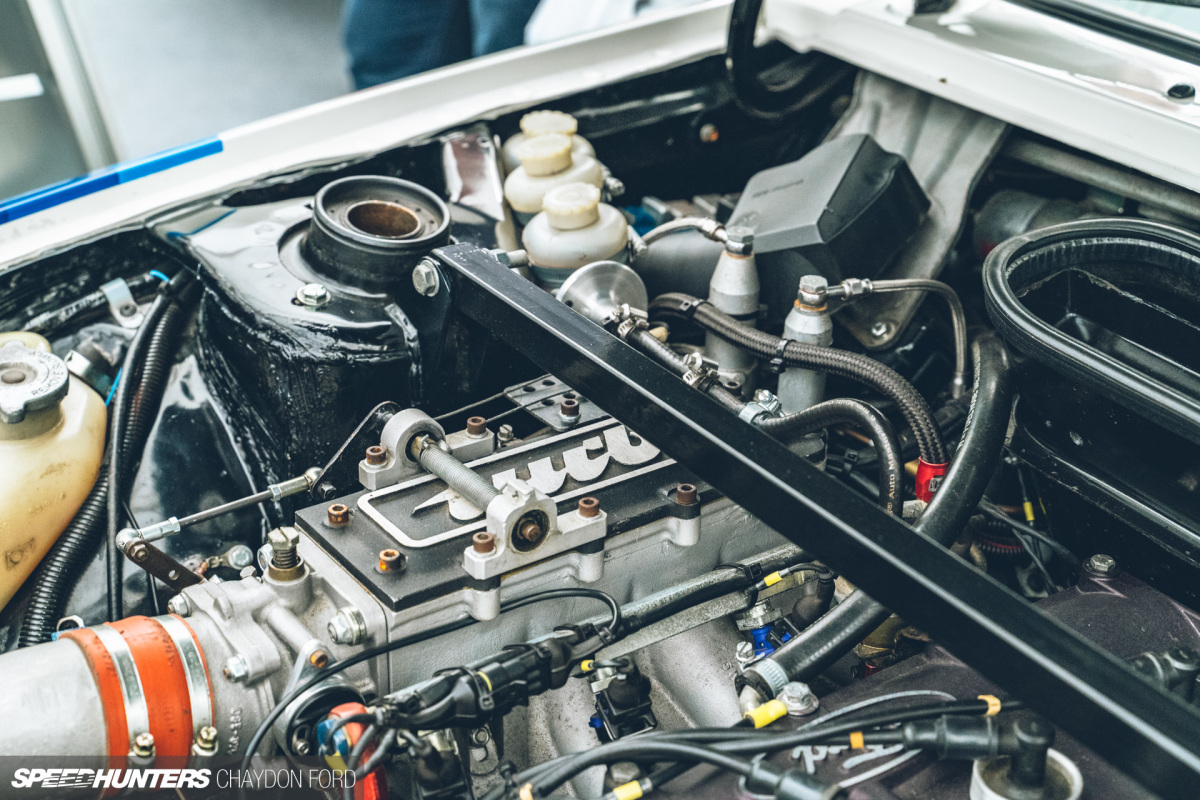
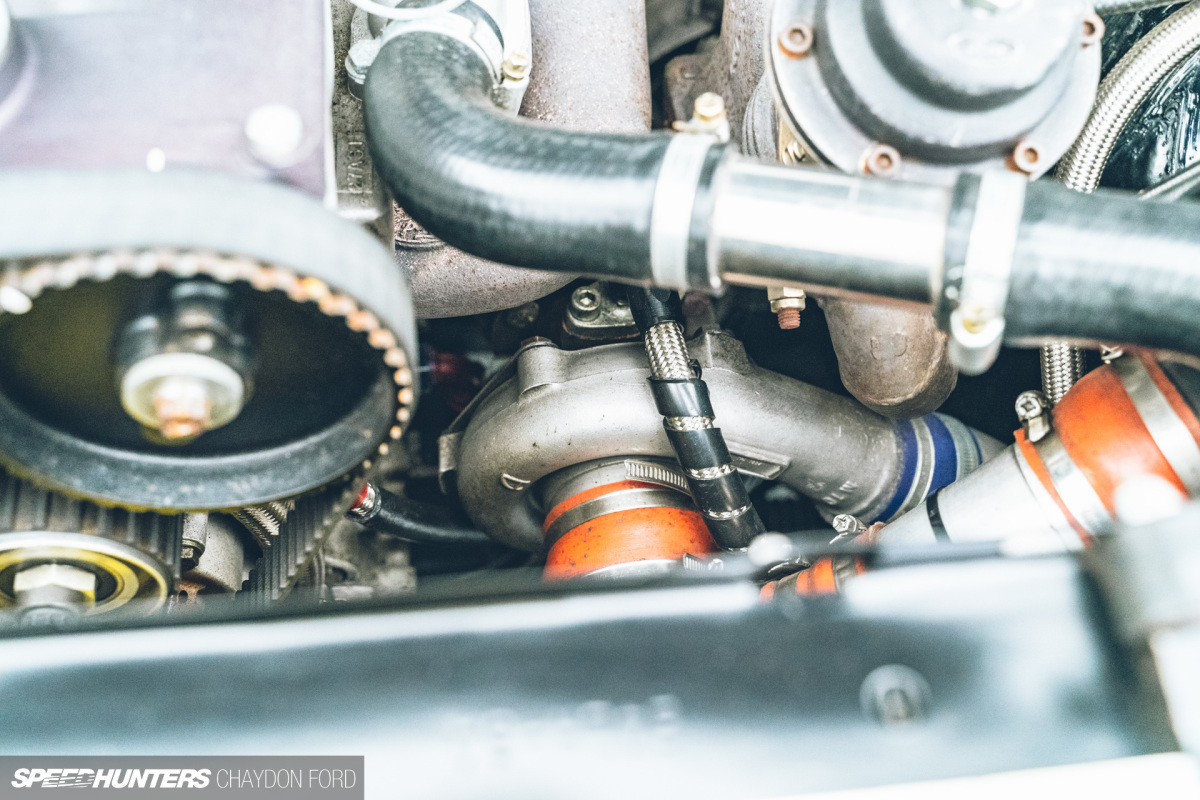

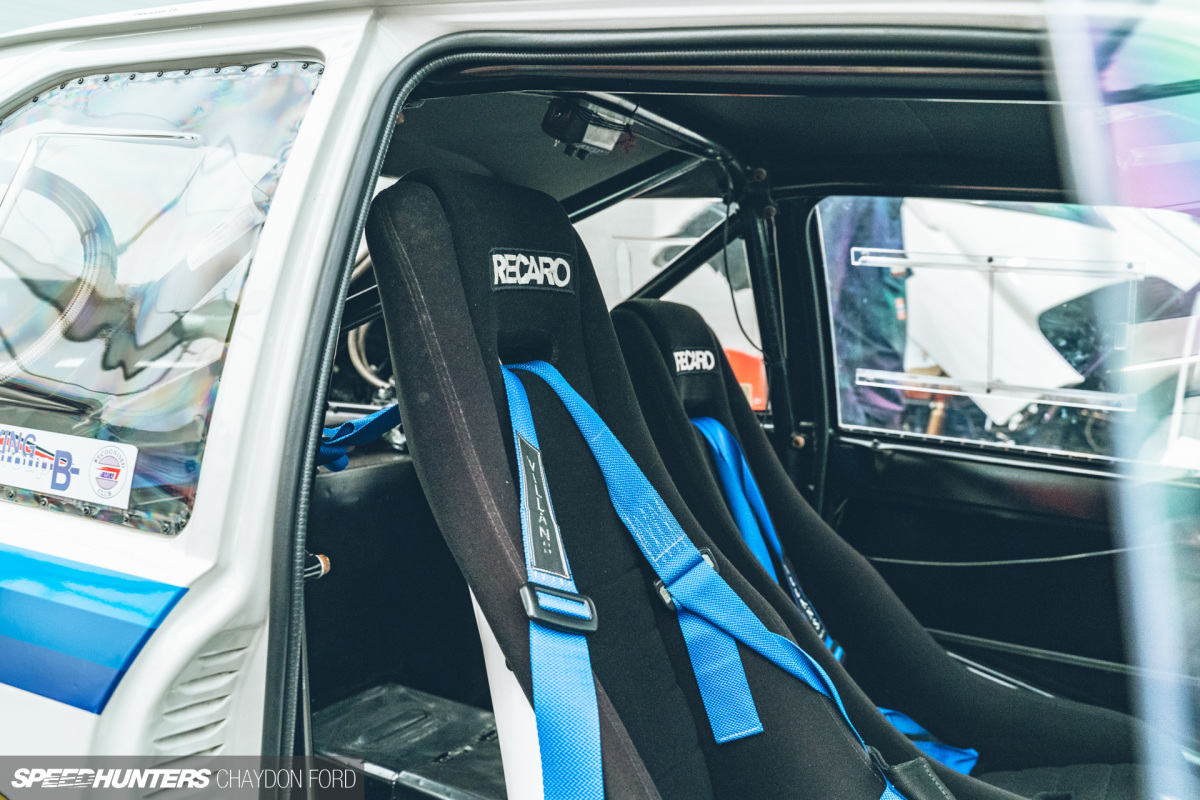
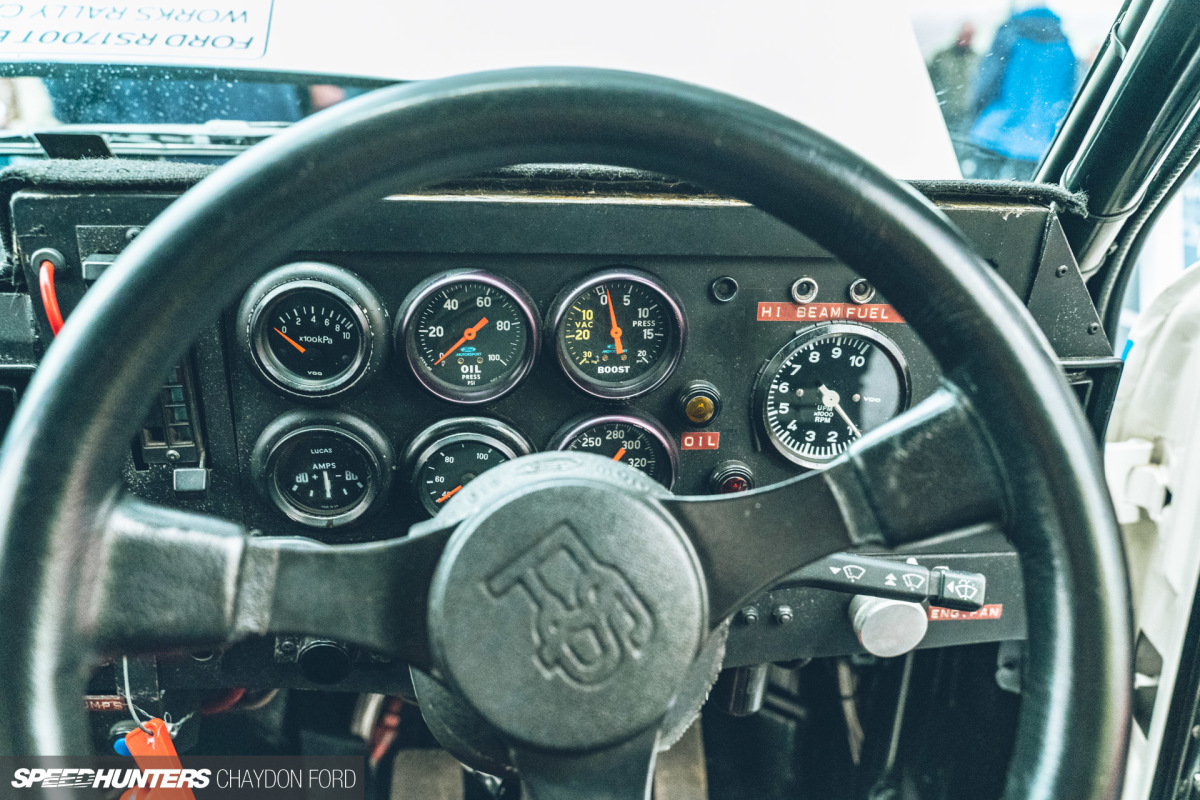

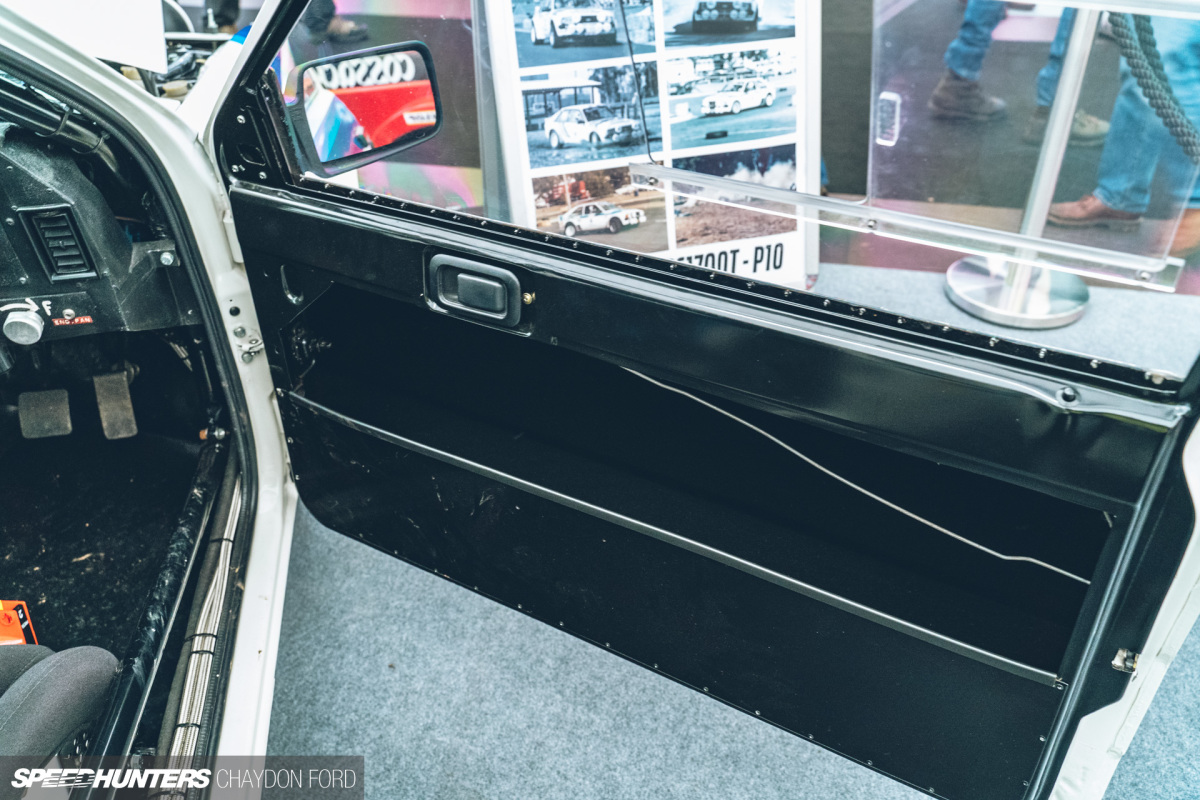
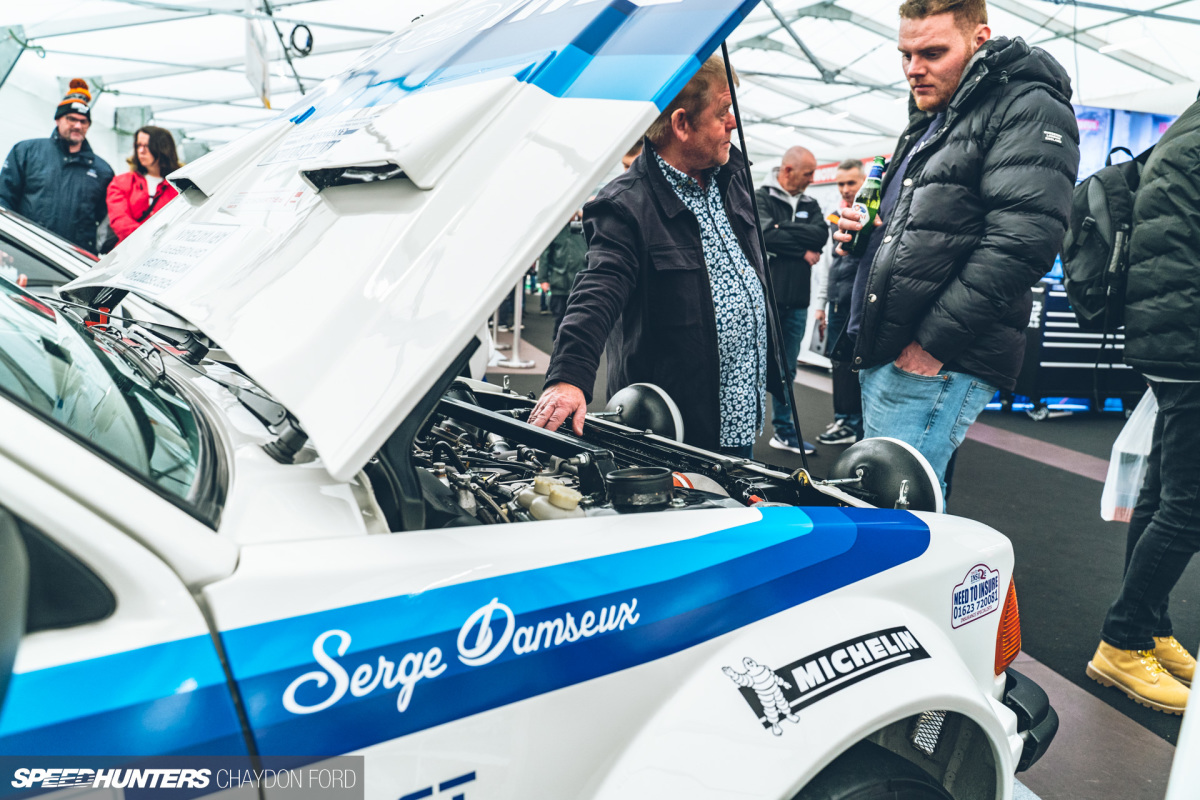





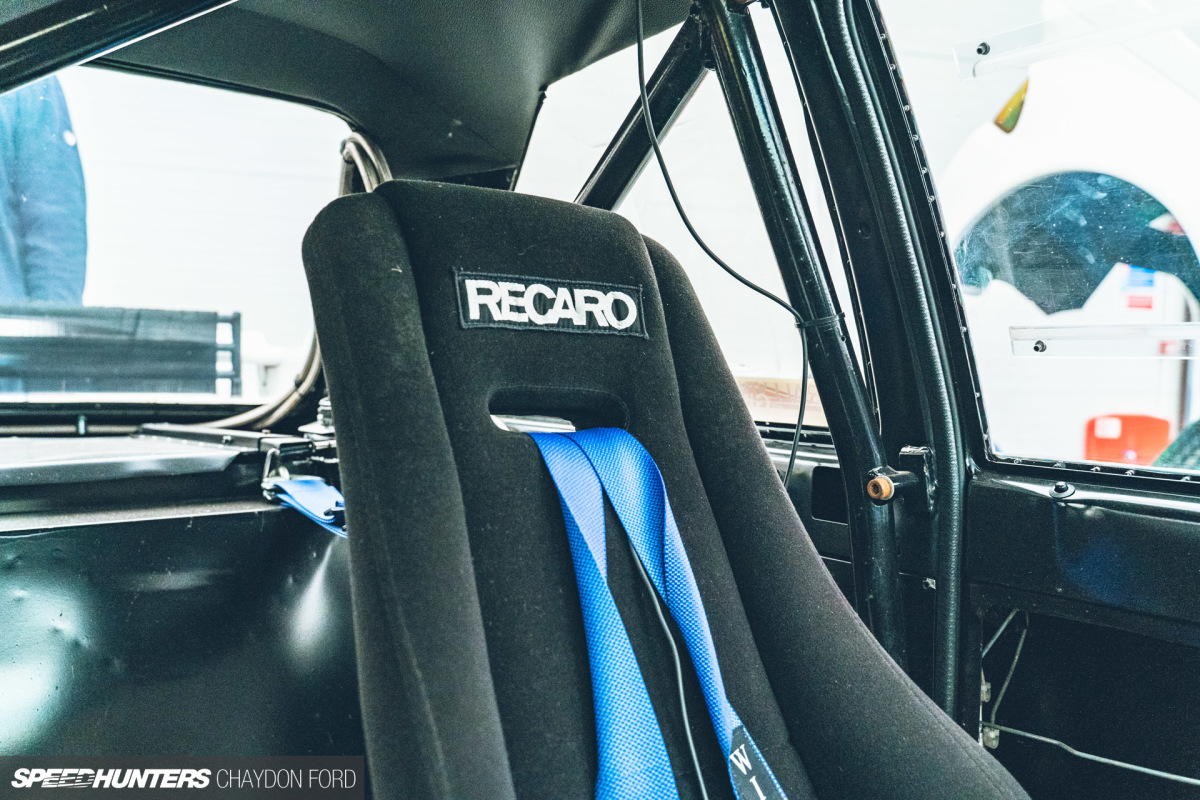





I think the RS1700T doesn't get the attention as it doesn't look works? Back in the day there were at least two companies offering new converted mk3 shells to rebuild your battered mk1 or mk2 rally car into something more modern, and Ford's OEM effort looks more home made than a clubman would have managed on theirs!
"horizontally-opposed engine"
You mean horizontally (laterally) mounted, right?
"Horizontally opposed" doesn't mean "transverse"....
greatest ford ever built for wrc class, too bad no PRODUCTION as a beater cars for average joes
so they can or could build their own competition cars projects with ford supplied comp parts
from their parts dept sources. call it ford team cars for adds.in car motorsports . cheers ,Citron.
A museumpiece right here
One of Ford's legends
I think the term you are looking for here is transversely mounted engine. A horizontally opposed engine would by a flat or boxer engine with the pistons opposing each other. The Mk3 Escort had inline 4 cylinder engines, never and boxer or flat shaped engines. Hope this helps...
What a cool bit of motorsport history. Thanks for another great article
Jo ka ich wollte hier einfach mal hi schreib